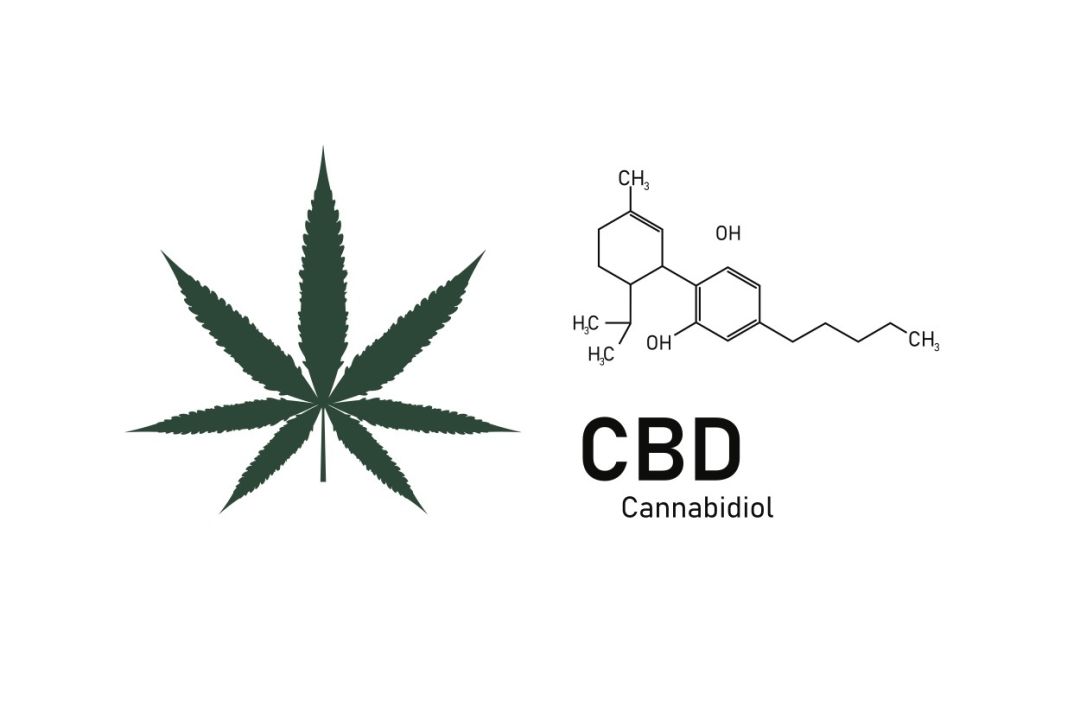Breaking Down CBD

Contrary to what some may believe, CBD is not legal marijuana. CBD, otherwise known as cannabidiol, is a compound found in marijuana. Another compound found in marijuana, THC, is the compound that actually gives you that “high” feeling.
Both compounds have been known to have health benefits related to pain relief, inflammation, nausea, anxiety, depression and other common ailments.
But what exactly is the hype all about?
Let’s start with the endocannabinoid system that each and every one of us has in our bodies. Yes, we have a cannabinoid system! The ECS is the body’s largest neurotransmitter network, composed of messengers and receptors, which work to achieve balance and creates endocannabinoid molecules.
Cannabinoids search for and activate cannabinoid receptors, telling your body to feel a certain way and do certain things. They affect and regulate the way other bodily systems operate, like the immune, nervous and gastrointestinal, reproductive and digestive systems. The expression of receptors in each of us is as unique as our fingerprints, which is why experimenting with cannabis medication is a slow process of trial and error. (This is very important to note. We don’t want you curled up in a ball rolling back and forth in a paranoid state—so experiment slowly!)
Basically, the endocannabinoid system is the whole reason CBD oils, salves, tinctures, and whatnots even work for said symptoms!
Knowing about cannabinoids, terpenes, and the endocannabinoid system can only help you get a better grasp of how CBD affects your body.

Terpenes, the “Entourage Effect” and How You Benefit
Terpenes are the compounds responsible for the unique health properties and distinct smells produced by different hemp strains. Terpenes interact with similar parts of the body as cannabinoids like THC and CBD, but are different in unique ways. Terpenes are fundamentally poly-pharmaceutical, working synergistically to amplify the effects of one another and improve the therapeutic value of CBD products. This phenomenon, called “the entourage effect,” is the result of hundreds of natural compounds within a plant interacting together to produce a stronger influence than any one of those components used alone. It is important to get familiar with these terpenes to speak to the specific health benefits of CBD products.
For example, beta-caryophyllene is a sesquiterpene found in the essential oil of black pepper, oregano, and other edible herbs, as well as in various cannabis strains and in many green, leafy vegetables. This terpene is gastro-protective, good for the treatment of certain ulcers, and offers great promise as a therapeutic compound for inflammatory conditions and auto-immune disorders because it binds directly to the peripheral cannabinoid receptor known as CB2.
The terpenoid profile can vary considerably from strain to strain. So patients who abandon a suitable strain for one with higher CBD content may not get more relief if the terpenoid profile is significantly different. What works for Mary may not work for Jane.
Broad Spectrum, Full Spectrum, and Isolate
Full-spectrum products are not for everyone, mostly due to drug testing. Broad-spectrum products offer a “THC-Free” option without sacrificing the other beneficial compounds. A CBD-isolate is just that–CBD and nothing else, no entourage effect. CBD-isolate products have a narrow window of health benefits as compared to a linear increase of benefit with increased dosage for full and broad-spectrum products. For more information on a study that illustrates this finding, search “Single Compound vs Whole Plant” on ProjectCBD.org.
Sub-Critical vs. Super-Critical Co2 extraction
By now you should begin to understand that not all extracts are created equal! To capture the fullest range of bioactive terpenes and cannabinoids, a subcritical CO2 extraction process should be used. The highly reputable CBD company, Straight Hemp, is an example of a product using the subcritical CO2 extraction method. The more commonly used supercritical CO2 extraction uses a higher temperature and higher pressure setting, further breaking down the plant and extracting bitter compounds (think over-steeped green tea). Subcritical extraction lends a tasty oil, free of bitter (and un-digestable) compounds commonly present in supercritical CO2 and solvent-based extractions. By using a lower temperature setting, minor cannabinoids and more terpenes are preserved leaving you with a much broader whole plant extract.
In short: CBD can be an effective therapeutic option at a wide range of doses, and there’s no standard dosage that’s right for everyone. Figuring out the optimal dose will involve trial and error. It’s no longer a question whether marijuana has medicinal value—now it’s about figuring out how to optimize one’s therapeutic use of the plant.
Our advice: When experimenting with CBD, start low and go slow.
Richard's Foodporium
Come visit us at one of our 13 locations!
For more information please visit our website
